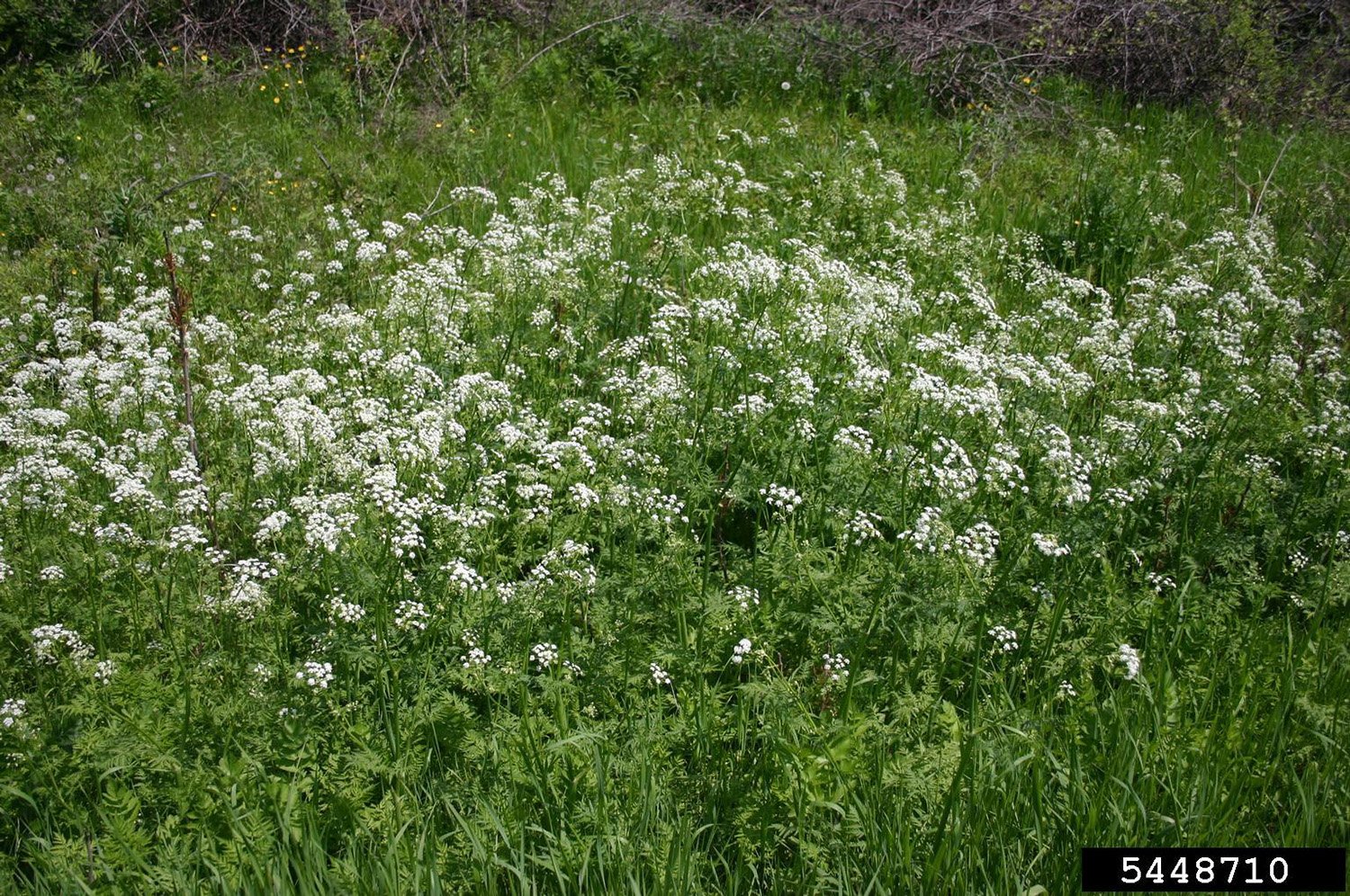Wild Chervil
About Wild Chervil
Wild chervil (Anthriscus sylvestris) is a biennial or short-lived perennial herb native to Europe and western Asia that typically grows up to 4 feet tall. A flower head consisting of numerous small white flowers is produced in June. The flowers are sometimes confused with those of Queen Anne’s lace (Daucus carota).
The Problem
Wild chervil out competes native plants and can form dense stands in fields and wetlands.
The Solution
Cutting, pulling, and digging are generally not effective unless they can be frequently repeated due wild chervil’s deep taproot. Cutting or mowing can prevent seed production and may eventually kill the plants if frequently repeated. Foliar application of a systemic herbicide can be effective but treatments may need to be repeated to achieve full control. Control of this species in wetlands is subject to the Massachusetts Wetlands Protection Act; be sure to check with the local conservation commission before initiating control measures. Always read and follow the directions on the label when using herbicide. In wetlands, only use herbicides registered for use in these areas.
Pictures of Wild Chervil
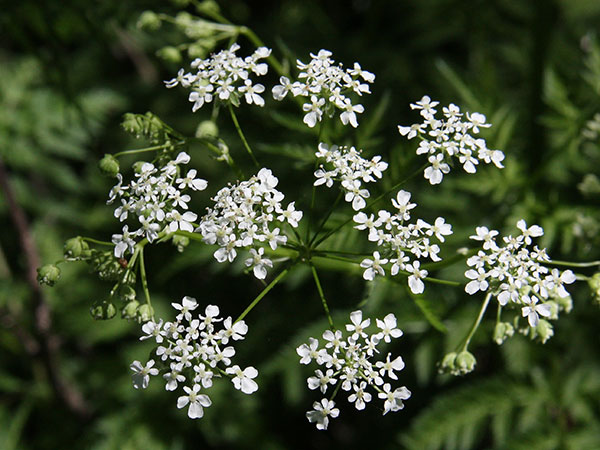
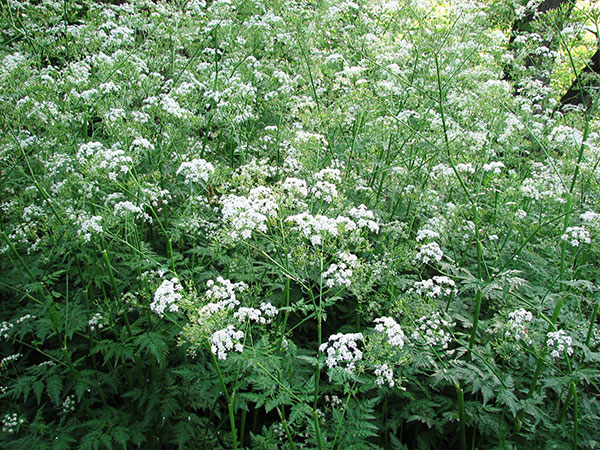
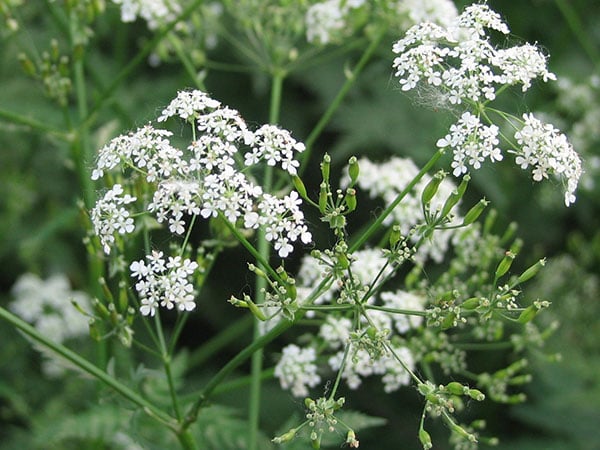
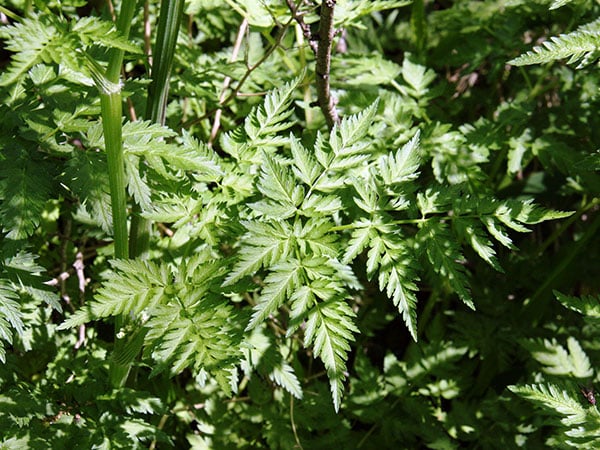
Stay Connected
Don't miss a beat on all the ways you can get outdoors, celebrate nature, and get involved.



